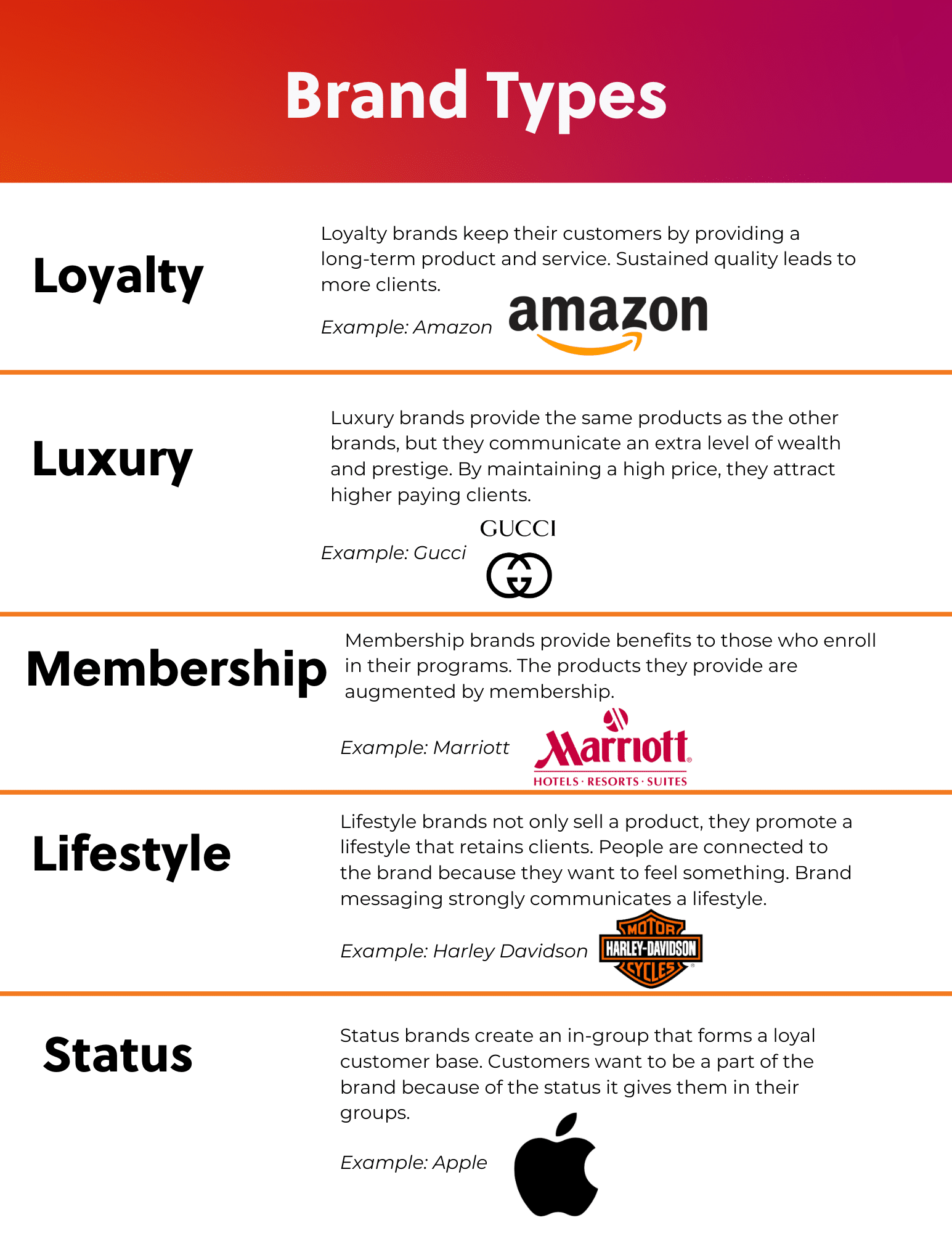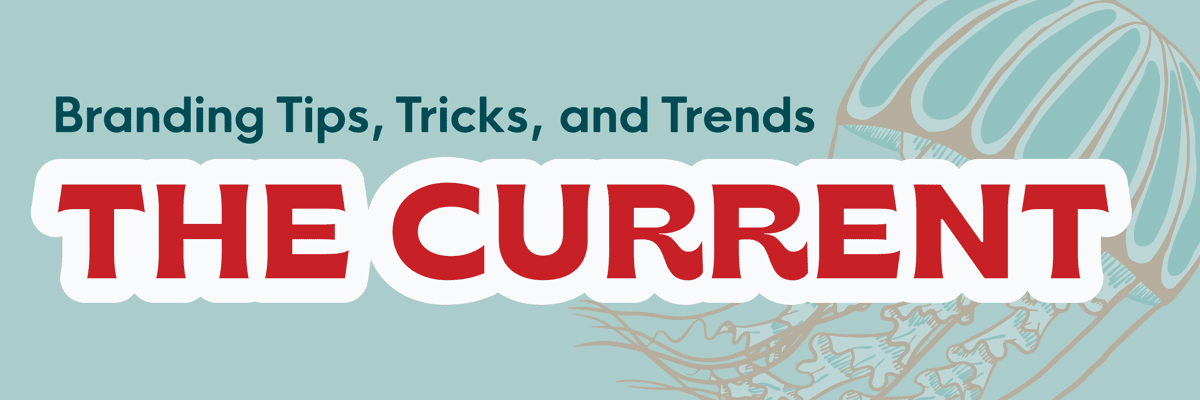The most important aspect of any business is what you are selling to your customers. To determine the best way to reach your customers, you have to understand what type of brand position you should take.
What Brand Position are We Talking About?

Understanding your brand’s position in the marketplace is crucial for crafting targeted marketing strategies and building a strong, loyal customer base. We’ll explore how to effectively position your brand within five key categories: Loyalty, Luxury, Membership, Lifestyle, and Status.By aligning your brand with one or more of these categories, you can sharpen your marketing efforts and establish a clear identity that resonates with your target audience.
Let’s go through a number of examples of different brand types (note: your brand can embody more than one of these).
Loyalty
While Amazon’s primary service to its customers is the worlds #1 ecommerce website, the brand actually operates as a loyalty brand. Customers continue to use Amazon as their online retailer of choice because they know that the brand will deliver faster and with higher quality than every other delivery service. With their Amazon Prime subscriber system, Amazon retains client loyalty with discounts and exclusive offers.
For fostering loyalty for your business, focus on providing exceptional value and service that encourages customers to return repeatedly. Concentrate on enhancing customer experience, streamlining service delivery, and offering incentives that reward repeat business.
Luxury
Gucci is well-known for some of the finest products that display wealth and prestige. Due to the high-price and quality of their products, Gucci is seen as a luxury brand. People want to buy the expensive bags and clothes because they know that using Gucci’s products gives them a high-class appearance. People are willing to buy knock-offs of the brand’s products because they want to communicate those same qualities. While they do make a number of blunders, Gucci still stands as a strong product because of the prestige they embody.
Positioning your brand in the luxury category involves not only ensuring the highest standards of quality but also crafting a brand narrative that speaks to sophistication, elegance, and a discerning lifestyle. Marketing strategies should emphasize the brand’s heritage, craftsmanship, and the unique status that owning your products confers to consumers.
Membership
Marriott thrives because it sells more than just a place to sleep on trips. They embody a membership style brand. All of Marriotts advertising is focused on families enjoying a comfortable vacation with no stress. Membership brands, such as Marriott with its Bonvoy program, offer more than just products or services—they offer a sense of belonging. The call-to-action in each video is to join the Marriott Bonvoy program to ensure every vacation is as memorable as the one before. Marriott is not selling a hotel; they are selling an experience.
To position your brand in this category, focus on creating exclusive experiences, benefits, and a community feeling that rewards members for their loyalty. Effective communication and engagement strategies can help to foster a strong sense of community and make members feel valued and recognized.
Lifestyle
Known for their legacy brand and motorcycle builds, Harley Davidson does more than just manufacture iconic motorcycles. The brand is the poster-child for selling a lifestyle. Their long-living brand has been promoting biker culture as the lifeblood of the company’s advertising and messaging for the entire history of their company.. Harley Davidson owns and operates a number of restaurants around the nation that serve as waypoints for bikers. Their brand is recognized across bikerdom because they have built a reputation and know who they are as a brand.
To position your brand as a lifestyle choice, it’s essential to deeply understand the values, interests, and aspirations of your target demographic. Don’t just preach a way of life or culture, embody it. You will succeed as a lifestyle brand by embodying the ideals your customers aspire to, turning your products and services into symbols of identity.
Status
Apple is a brand that focuses on marketing their products as a symbol that signifies innovation, quality, and status. Through incredible marketing and branding efforts, the iPhone and Apple’s other smart devices have become a symbol of success. Every Apple product is merely an appendage to the overall brand. They have incredibly consistent design language and branding across product lines making their products easily recognizable and even easier to navigate. While Apple advertising does focus on the product, the underlying message is Apple is at the forefront of innovation. Apple functions as a status brand because they position themselves as the type of brand that innovates and discovers. While mostly a product brand, their brand messaging resonates with customers the world over.
Positioning your brand for status involves highlighting innovation, exclusivity, and the elite nature of your products or services. Marketing efforts should focus on showcasing how your brand leads in its industry and how it enables customers to signify their own success and discerning taste.
How do you find your brand type?
Identifying your brand’s optimal position starts with a thorough brand audit to assess how customers currently perceive your brand across various channels. Engaging with your customer base through surveys or focus groups can reveal deep insights into why they choose your brand and how they view its identity. This information can guide you in refining your brand’s story and aligning it more closely with the desired category.
Organize focus groups to test your target market. Ask them questions that dig to the heart of your brand’s identity and perception. Finding out the core reasons customers stick with you will allow your company to build a story around those ideas. This concept is known as laddering and it helps you to find the underlying emotional motivations of your customers.
A lot goes into your brand type, so you want to make sure that you have a solid grasp on all aspects of your company. Aspects like human resources, customer service, sales, and other outward-facing and internal parts of your business need to be aligned for any of the above to succeed.
How to reposition your brand?

If your current brand positioning isn’t aligning with your business goals or customer expectations, it may be time for a repositioning. This could involve a visual rebrand, messaging overhaul, or strategic shifts in marketing. Whatever the case, ensure that all aspects of your brand from customer service to product quality reflect the new positioning. Remember, consistency across all touchpoints is key to reinforcing your brand’s identity and ensuring its success in your chosen category.
If you are looking to change the way your company is currently communicating, talk with our experts at Big Red Jelly. Our teams can start you on any part of the branding process whether that be a total facelift of your colors and logos, a new marketing strategy, or a reimagined website.
If you are looking to strengthen what you already have, we are trained to help you grow off your already strong foundation. Whether through our own services or the services of our trusted partners we will have your brand shining bright as an example to others.
Written by Parker Smith







